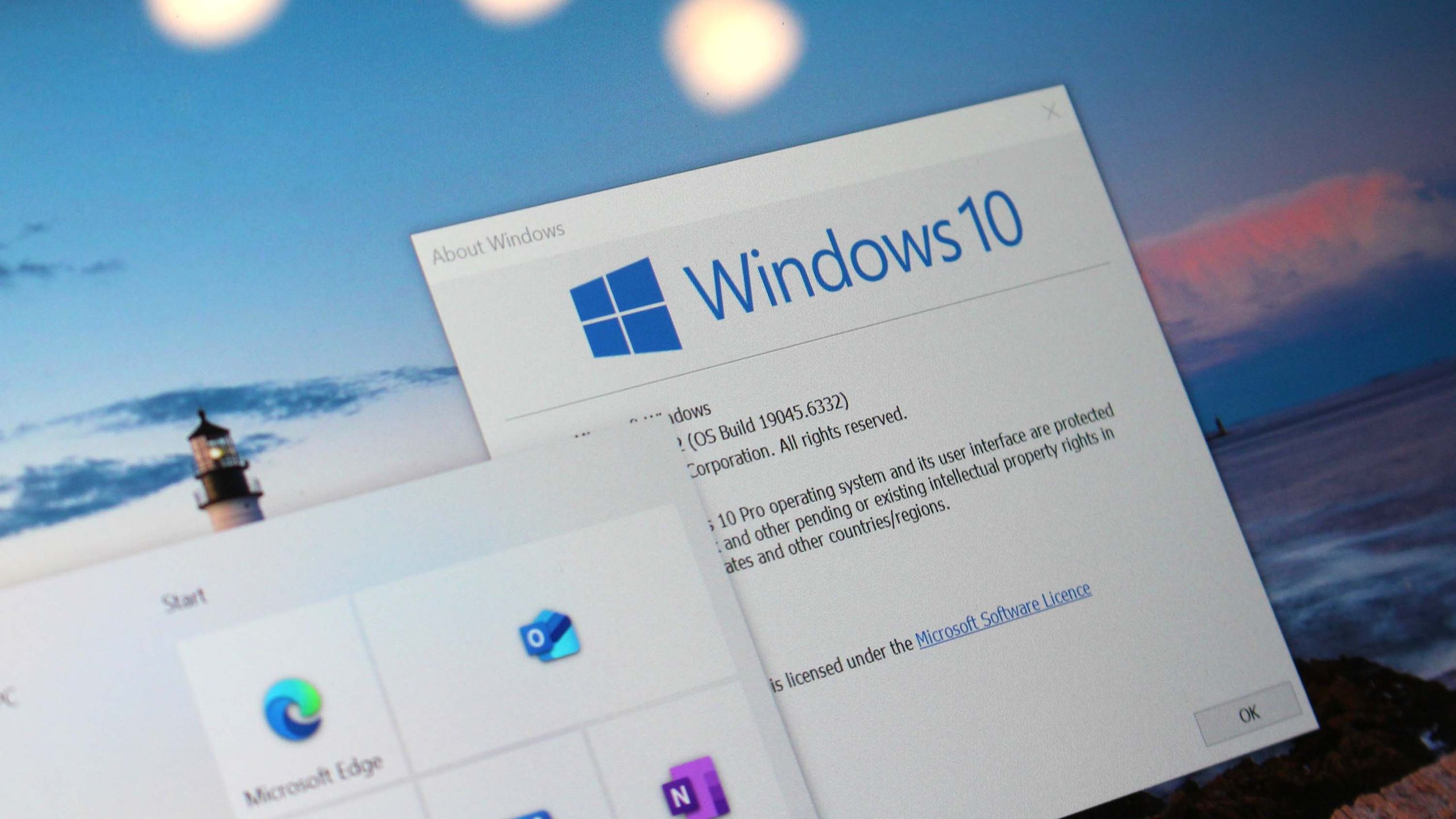From tentative evidence of habitable planets to the eyebrow-raising suggestion an interstellar comet might not be what it seems, the possibility of life beyond our solar system has long tantalised scientists and the public alike. But experts say ET is more likely to be found if we search in our own back yard.
The prospect was revitalised on Wednesday when scientists announced the likelihood has risen that Saturn’s sixth largest moon may be habitable after a study found Enceladus is spewing out a wider array of carbon-based substances than previously known.
“I really like Enceladus because it has all the conditions that are at the same place at the time for life to evolve and to thrive,” said Dr Caroline Freissinet, of the French National Centre for Scientific Research.
As well as complex organic molecules and a deep ocean of liquid water, Freissinet notes that the Saturnine moon is thought to have hydrothermal vents – providing a source of energy – with the pH, salinity and temperature of the ocean within the bounds deemed suitable for life.
While Freissinet said scientists should continue to search for life beyond the solar system, she noted the approach brings challenges – not least that it relies on detecting chemical signatures in a planet’s atmosphere that could be associated with life.
“It has to change the whole planet so that you are able to see it on an exoplanet,” she said. In other words, local pockets of life that do not produce such large-scale changes might be missed.”
And there is another difficulty: “You cannot look for past life on an exoplanet,” Freissinet said.
What’s more, an exoplanet must pass in front of its star for instruments to analyse its atmosphere. And even if tentative evidence is found, it can be difficult to interpret or corroborate.
Dr Nathalie Cabrol, the director of the Carl Sagan Center at the Seti [Search for Extraterrestrial Intelligence] Institute, agreed.
“The issue with exoplanets is that we don’t know much about the environment,” she said.
By contrast, nearby bodies like Saturn’s sixth largest moon, which sits 1.27bn km from Earth, can be probed in situ.
Nasa and the European Space Agency (ESA) are planning missions to Enceladus, with Freissinet working on instruments to look for molecules on the Saturnine moon.
But it is not the only body beyond Earth where life could lurk in our solar system. Among other top contenders is Europa, a moon of Jupiter, that – like Enceladus – is thought to have an ocean beneath its icy crust.
“To me, in the solar system, that’s where we will find life,” Freissinet said.
Experts are quick to stress it is not a case of studying our celestial neighbours instead of exoplanets, but rather that the two complement each other, with Carbol noting the solar system acts as a “natural laboratory” for gathering data. This can be used to test theories and build models that can aid people’s understanding of the potential habitability of the new types of world revealed by exoplanets.
“I think looking in our own back yard is a win-win,” said Dr Jörn Helbert, the head of the solar system section at ESA, adding Enceladus is a prime example of a body showing all the signs of habitability that scientists are also looking for in exoplanets.
“Now if we discover that there are indeed signs of life [on Enceladus] that makes the search outside our solar system even more exciting,” he said.
“If we go and discover that despite all the conditions for habitability, we do not find any signs of life it means that we might need to rethink the definition of habitability or at least reconsider the likelihood of life emerging on a potentially habitable world.”
Freissinet said studying neighbouring bodies could have implications for the possibility of life further afield.
“What’s interesting is that if we find life anywhere else in the solar system … it means that it’s not random,” she said. “It means it’s everywhere in the galaxy.”
Source link


